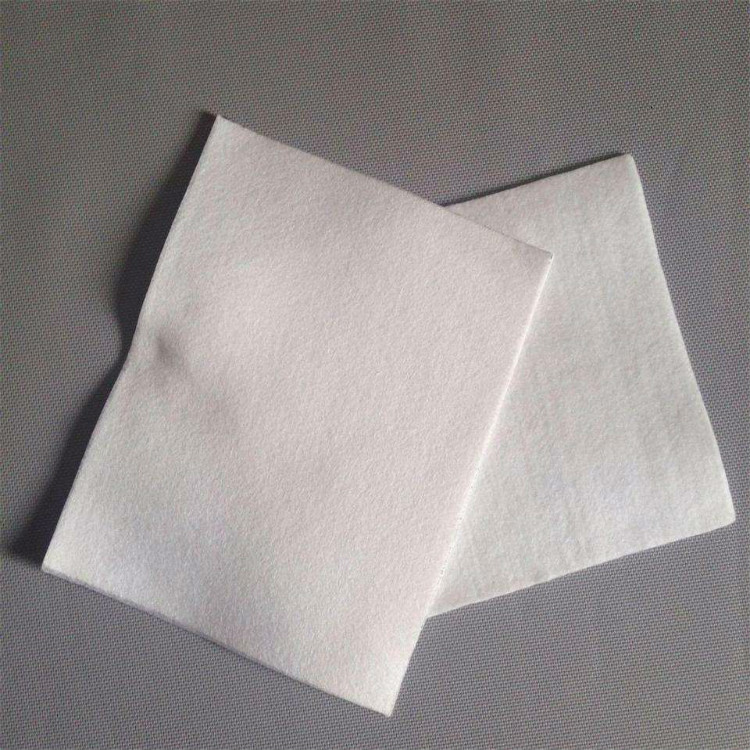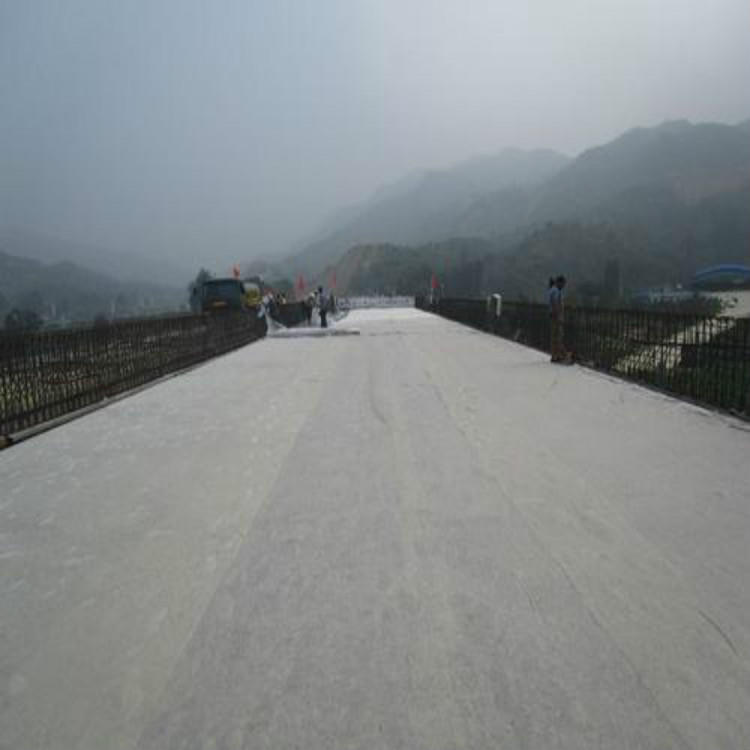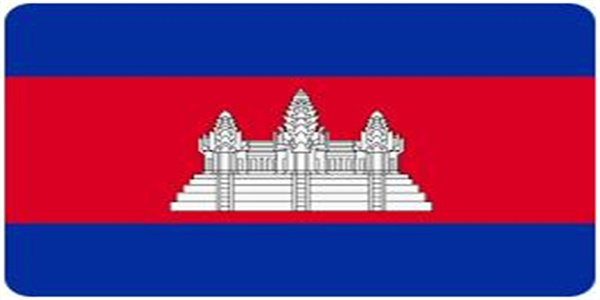Short fiber geotextile is commonly used in road maintenance and the production of composite membranes. It also has good water permeability and is used in the construction of blind ditches.
If other specifications are needed, please specify in the remarks.


Geotextile Roll Installation Instructions:
1. **Storage and Handling**:
- Geotextile rolls should be stored in a flat, dry area free of standing water. The maximum stack height should not exceed four rolls, and the identification tags should be visible.
- The rolls must be covered with opaque material to prevent UV degradation. Ensure that labels and documents remain intact during storage.
- During transportation (including from storage to the worksite), geotextile rolls must be protected from damage.
- Any rolls with physical damage must be repaired. Severely worn geotextile rolls should not be used.
- Geotextile rolls exposed to harmful chemicals are not permitted for use in this project.
2. **Installation Method**:
- Geotextiles should be laid out manually, ensuring a smooth surface with allowance for expansion.
- Geotextiles (both long fiber and short fiber) are typically installed using overlap, stitching, and welding methods. Stitching and welding widths should be at least 0.1m, and overlaps should be at least 0.2m. For long-term exposed geotextiles, welding or stitching is preferred.
3. **Stitching**:
- Stitching must be continuous; point stitching is not allowed. The geotextile must overlap by at least 150mm before stitching. The minimum distance from the stitching to the material's edge should be at least 25mm.
- The seams should use a locking stitch, and the thread used should have a minimum tensile strength of 60N and possess anti-chemical corrosion and UV resistance.
- Any “missed stitches” must be corrected by re-stitching the affected areas.
- Measures should be taken to prevent soil, debris, or foreign substances from entering the geotextile layer after installation.
4. **Seam Types**:
- Seams may be natural overlaps, stitched, or welded depending on terrain and usage.
- For the installation of geotextile over geomembranes, natural overlaps should be used for the upper geotextile, while stitching or hot air welding is used for the upper layer. Hot air welding is the preferred method, where the geotextiles are heated to a melting point and fused together. If welding is not possible (e.g., rainy conditions), a stitching method should be employed using double-thread, UV-resistant sewing lines.
5. **Installation Requirements**:
- Ensure the geotextile is anchored at one end, with rolls unrolled along the slope to maintain tension.
- All geotextiles should be weighted down with sandbags during installation to secure them before covering with additional materials.
6. **Quality Check and Repair**:
- Inspect the entire geotextile surface and seams. Any defects should be clearly marked and repaired.
- Damage can be repaired by using a patch that extends at least 200mm beyond the defective edge. Hot welding should be used for repair to ensure tight bonding.
7. **General Precautions**:
- Geotextile should only be cut with a geotextile knife (hook knife) to prevent damage. If cutting is required on-site, take necessary measures to protect other materials.
- During installation, ensure that no stones, dirt, or water enter the geotextile layer, as these could damage the material or obstruct drainage.
- After installation, visually inspect the surface for damage and ensure all foreign materials, such as pins or nails, are removed.
- Horizontal seams should not be used on slopes unless necessary for repairs.
8. **Special Attention**:
- Geotextile materials should be inspected upon delivery and accepted before use.
- Follow the company's specific geotextile installation and inspection guidelines for proper procedure compliance.
**Geotextile Damage and Repair**:
- Damaged seams must be resewn, ensuring that any skipped stitches are corrected.
- Any torn or damaged areas should be patched with the same material and sewn securely.
- If damage occurs at the bottom of a landfill and the tear exceeds 10% of the roll width, the damaged section must be cut away and the two geotextile sections rejoined.






 " />
" />